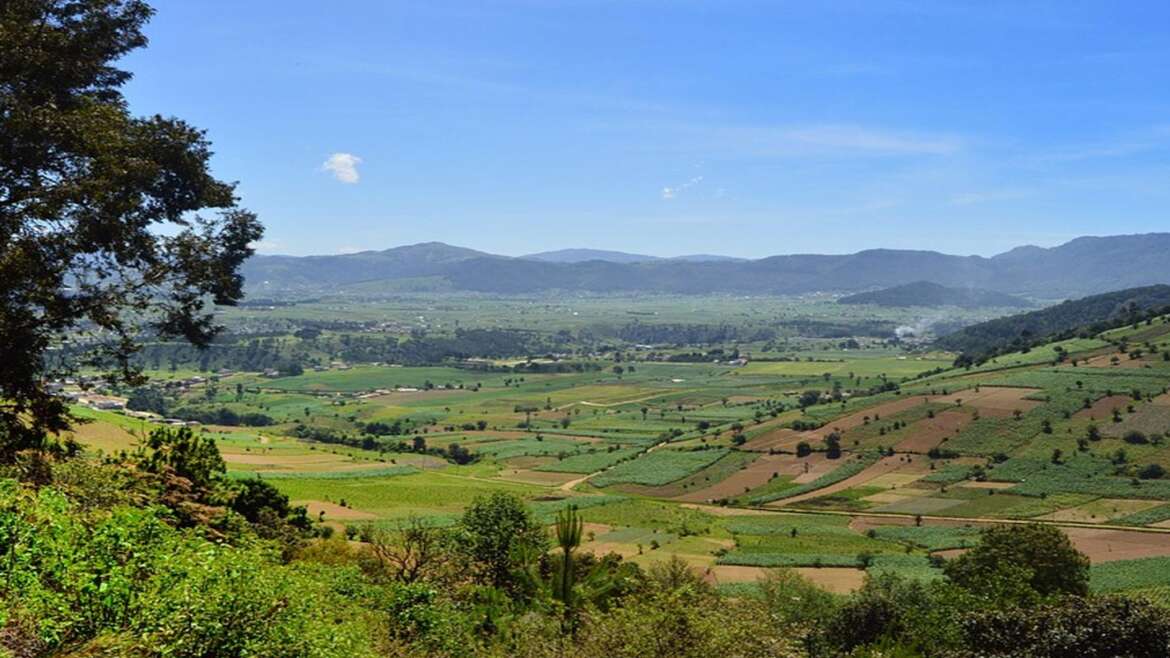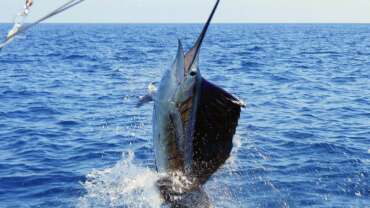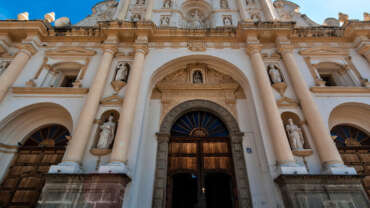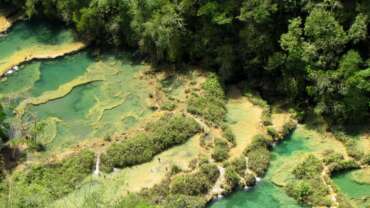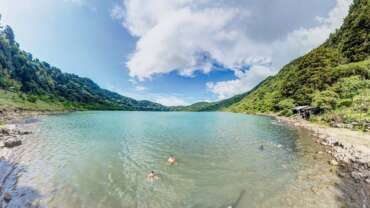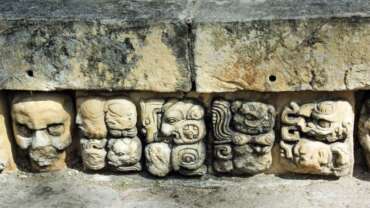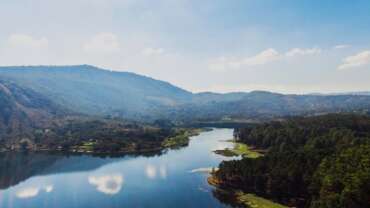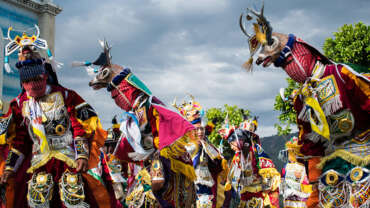Cultural Destinations Guatemala
Quetzaltenango is a city located 200 kilometers west of Guatemala City, at 2,333 meters above sea level. It is also known as Xela (pronounced “sheh-lah”) or Xelajú (“sheh-lah-hoo”), its original name in the k’iche’ language, and which means “under the ten ideas or concepts”. The Mexican indigenous warriors that travelled here with the Spanish conquistadors named it Quetzaltenango or Wall of the Quetzals. Of noteworthy historical importance is the fact that, between 1838 and 1840, it was the Capital of the Sixth State of the Highlands of the Federation of the United Provinces of Central America.
XELA is experienced through culture
Quetzaltenango has been known for its commitment to culture and tradition, earning the well-deserved moniker of “Cradle of Culture” at some point in its history. Proof of this is the welcome that Xela gives its visitors with an emblematic monument in each of the main entrances to the city. It was the cradle of great musicians, poets, sculptors, and other artists, who have given a great reputation to Quetzaltenango and Guatemala, such as Efrain Recinos, Rodolfo Galeotti Torres, Jesus Castillo, Rodolfo Robles, Werner Ovalle Lopez, Domingo Bethancourt Mazariegos, Wotzbelí Aguilar and Mariano Valverde among others.
The Historic Center of the city is a genuine expression of neoclassical architecture, in monumental architectural works built with stone extracted from local quarries and buildings that currently house financial, cultural, and government agencies, as well as a wide range of cosmopolitan restaurants and nightlife.
Its colonial layout, stone bridges, monumental and emblematic monuments, such as the Temple to Minerva and cobblestone streets scattered around the city surprise visitors with stories and legends of Xela. A visit to the General Cemetery, rich in architecture and history of the Guatemalan Liberal Period, adds to these stories and legends.
There are several museums and cultural centers in different parts of the city where more can be appreciated and learned about the historical, archaeological, cultural, traditional and artistic wealth of the department. An architectural jewel of the historic center is the Centennial Municipal Theater.
XELA is experienced through mysticism
Spiritual life is of great importance for the people of Quetzaltenango and its suburbs. The clearest examples of the syncretism which exists between the Christian and Maya religions are found in a large number of Maya altars in ceremonial centers near Xela and in the cult to Maya deities such as San Simón in the municipality of Zunil and San Pascual King in Olintepeque.
XELA is experienced through wellness
Quetzaltenango, with a solid network of hospitals with state-of-the-art equipment and all the advantages of an avant-garde city, awaits its visitors with access to a wide range of health services, both of conventional and alternative medicine. Wellness services such as a spa with natural saunas, thermal waters, massage and various therapeutic techniques are available in the city and very close to it.
XELA is experienced through social work
Both the city and its neighboring municipalities offer various options to visit community tourism projects through ecological, agricultural, historical and/or cultural tours. Another opportunity is to do volunteer work in organizations that support vulnerable populations to defend and promote human rights, children, women and youth, and to address issues related to education, housing, health, migration, the environment, and reforestation.
XELA is experienced through learning Spanish
The neutrality of their accent and the professionalism of Spanish language teachers is one of the best reasons to visit Quetzaltenango, in addition to the possibility of enjoying its environment and the cultural wealth that students have access to through full immersion programs. In the city and in the outskirts, there is a large number of official Spanish schools, professional local teachers specialized in medical, legal, and commercial vocabulary, among others. In Xela, two Maya languages, K’iche ‘and Mam, are also spoken and there are schools where these can be learned and practiced.
XELA is experienced through festivities
January first: Procession of the Holy Child organized by the oldest brotherhood in the city.
Movable feast: Holy Week is observed in the oldest neighborhoods of the Historic Center.
Moveable feast: La Rogativa del Agua, celebration of the Mam people that takes place in Chicabal Lagoon, forty days after Holy Thursday.
September 15: Central American Independence Day.
October: Month of the Virgin of the Rosary, Patroness of Quetzaltenango. It is celebrated every weekend of this month in the Metropolitan Cathedral of Los Altos and the main day is October 7th.
First Sunday of the month: Handicraft fair in Central America Park.
XELA is experienced through events
The tourist infrastructure of Quetzaltenango makes it a convenient destination for any type of event. Halls, gardens, hotels, and services that tailor to all the needs and demands of users for events such as weddings, parties, conferences, conventions, workshops, training, etc. make it the ideal option to hold large-scale meetings as it offers first-class halls and services, as well as accommodations to accommodate any event.
The Convention Bureau works to facilitate the planning and logistics of your event in Xela. Its purpose is to link the organizer of the event with available service options and to provide the necessary information needed to choose the best options that will ensure a pleasantly memorable event.
What to see in Xela?
Quetzaltenango is close to everything, so visitors can extend their stay and make this their home base to visit a wide range of destinations that surround the city, and enjoy community tourism or agro-tourism. To the north of the city are the dense coniferous forests of San Francisco la Union with spectacular panoramic views of the Xela Valley. A little further away is the department of San Marcos on one side and the coastal region on the other, and Mexico is just around the corner. Agro-tourism in coffee and other crop farms is available in the municipalities of the coastal regions such as Coatepeque, El Palmar, Flores, Génova and Colomba Costa Cuca, all brimming with natural and historical wealth.
Valle de Almolonga
To the south, the most colorful vegetable gardens of the Americas will whet your appetite. Hidden in a green ravine, Almolonga surprises visitors and invites them to take a bath in its thermal waters. Known as the vegetable garden of the Americas, the landscape is dense with vegetable and flower plantations lovingly nurtured by its fertile soil and hard-working inhabitants.
Cantel
Next to the city of Quetzaltenango is Cantel, a thriving municipality that houses industrial factories and crafts producers. Famous for its blown glass factory and the CHICOVIX tourist center with its natural pools, thermal waters, eco-trails and ziplining, Cantel is also the starting point for trekking to Lake Atitlán.
Colomba Costa Cuca
The lush vegetation and landscape of the coastal region is perfect for agritourist and visiting community farms such as Santa Anita and La Florida. Its economy is based on coffee plantations, trade and some handcrafts. Attractions include the Laguna de la Finca Las Mercedes and the Chukalbal lookout.
Very close to Xela, just a few kilometers away, are the towns of San Andrés Xecul, San Cristóbal Totonicapán, San Francisco El Alto and Momostenango with cultural, architectural and traditional expressions that are worth visiting.
K’umK’um Ecotourism Center
Located in the Municipal Park of Concepción Chiquirichapa, it offers ziplining, with 600-meter cables that connect two mountains for a breathtaking experience.
El Palmar
At the foot of the Santa María Volcano, this municipality offers unparalleled views, tours to community farms such as Loma Linda and Nueva Alianza where you can walk through ecological trails, do bird watching and visit coffee and macadamia plantations. Likewise, there is the Parque Vuelo Extremo (Extreme Flight Park) at the Los Chicharros Farm, located on kilometer 198 of the inter-American highway (CA1) that offers ziplining, mountain biking, trails, camping areas and a restaurant featuring Guatemalan cuisine.
Santiaguito Volcano: (2,500 m.a.s.l.)
It is one of the most accessible active volcanoes in the world; its crater is constantly growing and active, offering a wonderful show to its visitors.
Cerro Quemado: (3,197 m.a.s.l.)
With its awe-inspiring landscape, it is one of the most suitable sites for sports rock climbing in the country. Expressions of Maya mysticism is experienced here.
Santa María Volcano
About 10 kilometers south of the city is the Palajunoj Valley, the main access to Santa María and starting point of a three-hour medium-difficulty hike. Once you reach the top, enjoy the landscape of the highlands, the highest mountain range in Central America, the southern coastal plains, and views of active Santiaguito Volcano.
Chicabal Volcano and Lagoon: (2,900 m.a.s.l.)
Located in the jurisdiction of San Martín Sacatepéquez, a lagoon, named after it, formed in its crater. A very pleasant hike through trails under the shade of the cloud forest makes it easily accessible to visitors. It stands out for its natural wealth and mystical force.
Travelers just need to open their senses to the exquisite beauty of the natural resources and whimsical landscapes that surround Xela. In under an hour, the weather and landscape change, from the pleasant temperatures of the coastal area to the cozy cold of the mountains and volcanoes of the highlands.
Zunil
A K’iche’ people village that can leave a profound impression on its visitors with the imposing view of the volcanoes, its hot springs and its natural saunas, as well as its deep religious syncretism. The colonial-style Catholic Church and the brotherhood of San Simón are in the center of the town. Women wear colorful and striking self-woven and embroidered dress.
ECOLOGICAL PARKS
Sija Hill (Cerro Sija)
Located in San Carlos Sija, this hill offers a most pleasant experience for visitors who walk or bike through its trails, in its camping area and family areas.
El Baúl Hill (Cerro El Baúl)
It is the “lung” of the city, and has always been a traditional family recreation center. Extraordinary panoramic views of the city can be enjoyed from the hill.
The Georgian Fountains (Fuentes Gregorianas)
The volcanic soils at the Fuentes Gregorianas produce pools of sulfur water that are naturally heated at different temperatures, within the mystical environment of the cloud forest of Zunil. Its proximity to the city makes it accessible by vehicle or on foot, down a highway that crosses produce fields.
Other activities in Guatemala
Guatemala is one of the most modern cities in Latin America and has positioned itself in recent years as a destination for world-class health and wellness tourism services. The wellness services offered are highly competitive and that’s why the country hosts more and more travelers in search of health sanctuaries. This is combined with unique scenarios, providing highly qualified and trained personnel who offer a warm and personalized treatment.
You can enjoy all this surrounded by exotic landscapes of forests of millenary trees that gave rise to advanced civilizations that held strong connections with the universe. You will also enjoy volcanic sand beaches and a privileged climate that allows to experience the scent of flowers, and the aroma of cocoa, coffee and cane to complement the unique sensory experience. All this and more are the experiences that Guatemala’s atmosphere offers in wellbeing.
Some of the services might be:
– Natural hot springs.
– Thermal, medical or aesthetic spas.
– Specialized yoga and meditation centers.
– Complementary medicine such as acupuncture, homeopathy and chiropractic.
– Detoxification.
– Weight reduction procedures with the latest health trends.



